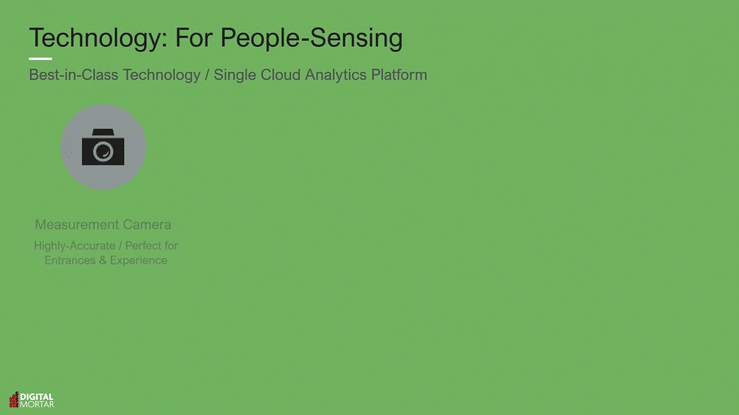Customer Journey Tracking: From Outside to Inside
Customer Journey Tracking: From Outside to Inside
By Gary Angel
|April 13, 2023

One of our clients at Digital Mortar is a chain of gas/convenience stores measuring the full journey from pump to shop and back. What makes their use-case compelling is that the stores are a significant upscale from your traditional gas convenience mart – with lots of more upscale food, fresh preparation and coffee options. Those options likely increase the average ticket but also slow turnaround at the pump or in the lot – making measurement a great option for finding the optimal balance and tuning the indoor experience to maximize both dollars and efficiency.
Interesting spaces make for interesting measurement. That’s no different than in digital analytics or really in anything – the more unusual and/or complex a problem, the more valuable measurement is going to be.
But from a people-measurement perspective, one of the most interesting aspects of this system is that it’s built with a combination of sensor types. We use LiDAR to measure the outside and camera to measure the inside. But we track customer journeys across those two technologies seamlessly.
The rationale behind two technologies is interesting and revealing – because it’s a surprisingly common real-world use-case. Even though they are quite a bit more interesting than usual, these convenience stores aren’t huge. We can usually cover them with 3-4 cameras. Though we could use LiDAR for that indoor space, it would result in a significantly higher cost – at least 2 and probably 3-4x the cost of using camera. LiDAR just isn’t great for measuring small stores. On the other hand, we can’t use our standard measurement cameras for the outdoor space. They don’t do automobile measurement (which is critical), they don’t have plausible mounts and they wouldn’t work in much of the lighting. So an all camera solution is impossible and an all LiDAR solution is expensive.
But by using both technologies, we get continuous journey coverage at the best possible price for the client. Similar situations abound. Outdoor/indoor coverage needs are the most obvious, but this can come into play in many other cases too. We’ve used sensor combinations in locations where ceiling heights vary a lot – sometimes being ideal for camera but other times being either too low or much too high. It’s also a fruitful approach in things like office space measurement where you have a mix of big spaces (public spaces, huge hoteling spaces, etc.) along with many smaller areas (think conference rooms or phone rooms) that are often tucked away into side niches.
Use electronics exclusively and you lose detailed measurement. Use camera exclusively and you get expensive coverage of the big public spaces. Use lidar exclusively and you pay too much for the small areas. You might think it creates additional technical complexity – and you’d be right. But the work we do stitching people from one system to another is quite similar to the work we already do stitching from one sensor to another – and which, in any case, we find quite necessary even with systems that feature a single sensor type. In other words, we have to do the same basic stitching regardless of whether we’re deploying one sensor technology or three. Bottom line – mixing technologies doesn’t have many drawbacks and in certain circumstances it has huge cost/practicality advantages.
So if you need to measure indoor to outdoor journeys or have spaces that don’t setup well for people-measurement with traditional technologies, take heart. There are still spaces that can’t be efficiently measured, but for a surprising variety of spaces, there is a good solution. It just doesn’t come in one flavor.